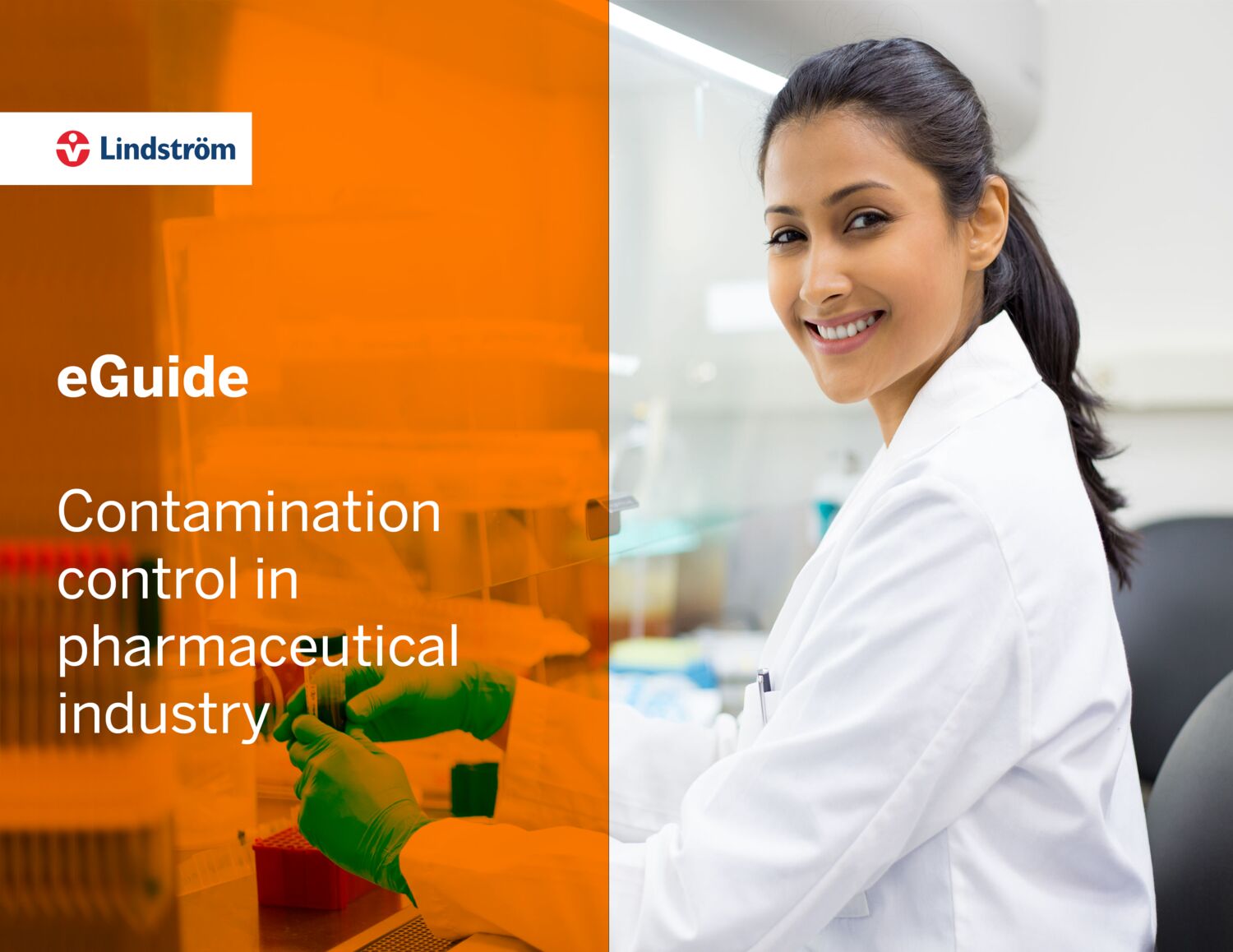Contamination is one of the major challenges that pharmaceutical industries face today. Identifying the source of contamination and maintaining high standards of hygiene can help manufacture safe & quality products
Contamination in the pharmaceutical industry can lead to catastrophic consequences: from compromising with patient safety to affecting business sustainability. Prevention of contamination in manufacturing and production of sterile products is integral for any business to comply with statutory norms and ensure safety of the public at large. State and federal regulatory agencies have stringent expectations and approach on testing pharmaceutical products for contamination.
Therefore, merely controlling the bio-burden levels through effective cleaning is not adequate; it is important to identify and prevent the occurrence of contaminants that pose serious threat to a drug product or facility. Though several sterilization and decontamination measures are considered successful, prevention is integral in maintaining optimum microbial levels in a sterile environment.
In this blog, we will discuss the potential sources of pharmaceutical contamination and key preventive measures. Let’s get started.
Common Types of Pharmaceutical Contamination
The most commonly present contaminants found in pharmaceutical products are:
- Physical Contaminants: These may include chips, particles and fibre materials that may enter the manufacturing or packaging process and contaminate the entire batch.
- Pyrogenic Substances: These are micro-organisms that cause fever. Presence of these contaminants in sterile pharmaceutical products may potentially inject fever into the user’s bloodstream.
- Chemical Contaminants: Moisture, gases, vapour or molecules may also contaminate sterile pharmaceutical products and cause major safety issues.
- Biological Components: These include virus, bacteria, or fungus that can cause diseases and must not be found in pharmaceutical products.
On finding any of the above-mentioned components in pharmaceutical products, the batches must be immediately recalled and destroyed.
Potential Sources of Contamination in Pharmaceutical Products
To effectively prevent contamination and ensure high levels of safety in the pharmaceutical industry, it is crucial to identify the sources of contaminants.
- Personnel: People who are performing or supervising pharmaceutical manufacturing and packaging processes can be a strong source of contamination. This primarily happens due to:
- Lack of training
- Inadequate cleanliness and hygiene standards
- Direct contact with the materials & products
- Lack of personnel protective equipment
- Malpractices like eating or drinking in the manufacturing or storage areas
- Entry or use of key manufacturing units by unauthorized personnel
- Manufacturing Facility: The facility or the building may be another primary source of contamination:
- Poor design and inadequate space that can lead to cross-contamination and mix-ups
- Lack of adequate pest control and waste management measures
- Improper ventilation, lighting and air filtration system
- Inadequate cleanliness and sanitisation practices
- Materials: The quality, handling and control of raw materials can also cause pharmaceutical contamination:
- Improper handling and storage
- Poor labelling, sampling and testing of raw materials
- Degradation of materials due to environmental conditions
- Using materials that do not meet acceptance guidelines
- Manufacturing Process: There are high chances of contamination throughout the manufacturing process:
- Lack of dedicated production facility for each product
- Absence of statutory-compliant hygiene and cleanliness standards
- Lack of proper zoning, resulting into mix-up or cross-contamination
- No/insufficient cleaning & maintenance status labelling on materials and equipment used in the manufacturing process
These are some potential causes of contamination in the pharmaceutical industry which must be efficiently addressed to manufacture high-quality and safe products for all.
How to Prevent Contamination in the Pharmaceutical Industry?
Once you identify the sources that could potentially contaminate pharmaceutical processes & products, it is important to have definitive preventive measures in place. Here’s how you could eliminate pharmaceutical contamination:
- Manage Personnel Contamination: This is one of the primary causes of contamination and must be fully regulated. Ensure the personnel involved in the production and handling process is highly qualified and has professional training in hygiene and cleanliness. There must always wear protective clothing when inside the manufacturing unit and never handle the products bare hands. Strict discipline must be maintained regarding not to eat or drink within the production unit, washing hands after toilet use, etc.
- Disinfection: Regular cleaning and sanitisation is the core of preventing pharmaceutical contamination. In addition to thoroughly cleaning and disinfecting the facility, cleanliness and hygiene of workwear is also important.
- Improved Facility Design: The facility design should comply with regulatory standards, ensuring that humidity, temperature and air filtration is properly maintained. Using UV air-locks, restricted access barrier systems, or laminar flow in manufacturing or packing areas will help eliminate particles and other contaminants.
- Regulated Water Use: To prevent water-borne contamination, make sure that only distilled water is used in manufacturing pharmaceutical products.
Conclusion
Contamination is always a risk in the pharmaceutical industry. Taking adequate preventive measures can help maintain high standards of quality and comply with statutory regulations.
